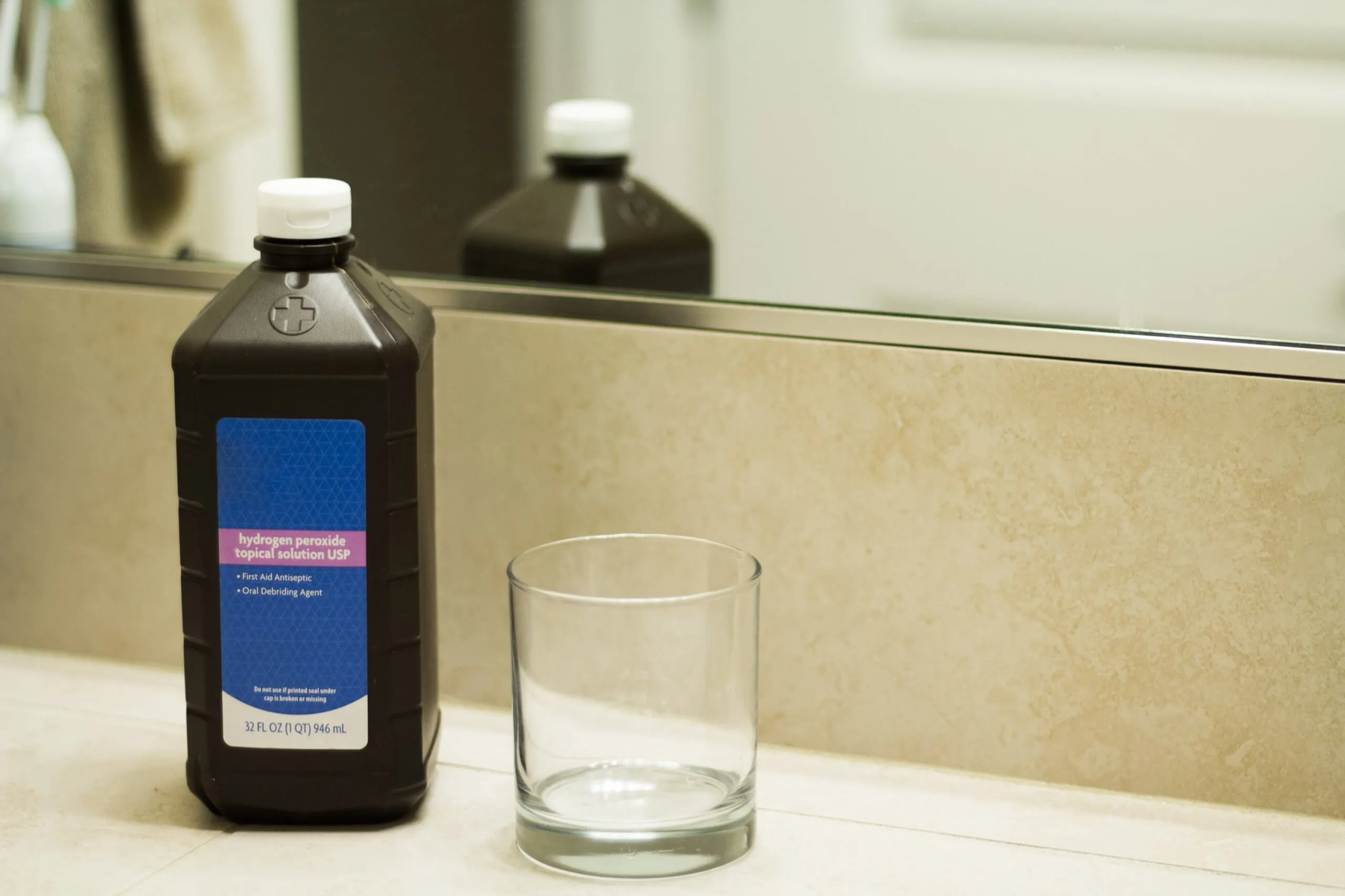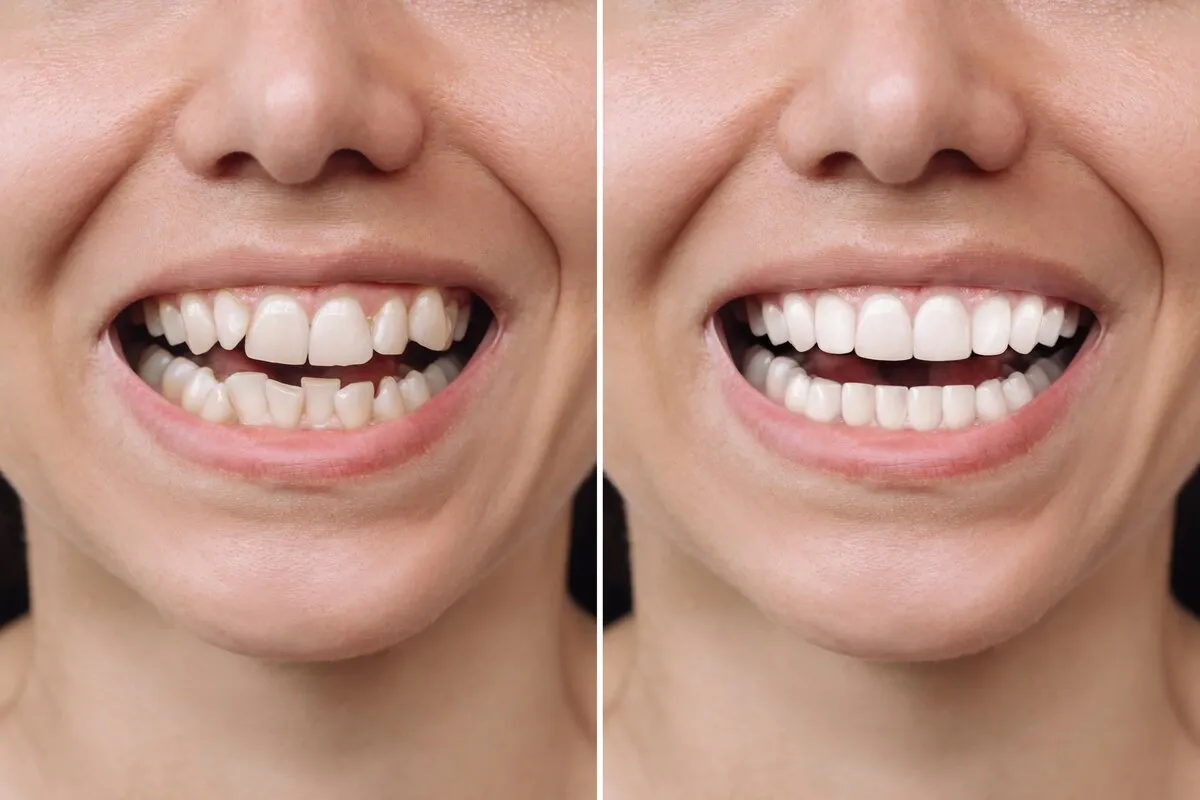Hydrogen Peroxide Teeth Whitening Facts
Teeth whitening has become a popular cosmetic procedure, with many people seeking brighter smiles. One common method involves the use of hydrogen peroxide, a readily available chemical compound. But before you jump on the bandwagon, it’s important to understand the facts. This article delves into five key aspects of using hydrogen peroxide for teeth whitening, providing essential information to help you make informed decisions about your oral health. It covers the effectiveness, safety considerations, and alternative methods, along with tips for maintaining a healthy, white smile. Understanding these facts will empower you to approach teeth whitening with hydrogen peroxide safely and effectively.
Effectiveness of Hydrogen Peroxide
Hydrogen peroxide’s effectiveness in teeth whitening primarily stems from its oxidizing properties. It breaks down into water and oxygen, with the oxygen molecules penetrating the enamel and dentin of the teeth. These molecules then react with the stain molecules, breaking them down and making them less visible, leading to a lighter appearance. The concentration of hydrogen peroxide plays a crucial role in its effectiveness. Higher concentrations may yield quicker results, but they also carry a higher risk of side effects. Studies have shown that hydrogen peroxide can effectively remove surface stains caused by coffee, tea, and tobacco. However, it may be less effective on intrinsic stains, which originate from within the tooth structure, such as those caused by aging or certain medications.
Hydrogen Peroxide Concentration

The concentration of hydrogen peroxide used in teeth whitening varies widely, and this is a critical factor influencing both its effectiveness and the potential for side effects. Over-the-counter products, such as whitening toothpastes and mouthwashes, typically contain lower concentrations, often around 3%. These products are generally considered safe for daily use, but the whitening effects are usually less dramatic and may take longer to become noticeable. Professional treatments, administered by a dentist, can use much higher concentrations, sometimes up to 40%. These treatments can deliver more immediate and significant whitening results, but they are also associated with a higher risk of tooth sensitivity and gum irritation. It’s essential to choose a concentration that balances effectiveness with your individual tolerance and oral health conditions.
How Does Hydrogen Peroxide Work?
Hydrogen peroxide works by penetrating the porous enamel of your teeth. Once inside, the peroxide molecules release oxygen radicals, which break down the stain molecules that cause discoloration. These oxygen radicals essentially bleach the stains, making them less visible and giving your teeth a brighter appearance. The process can be accelerated by the use of special lights, as used in some professional whitening treatments, which help to activate the hydrogen peroxide. The effectiveness also depends on the type of stains and the overall health of your teeth. Surface stains, caused by things like coffee and tea, are generally easier to remove than intrinsic stains that lie deeper within the tooth structure. It is a chemical process which can change the color of teeth.
Safety Considerations
While hydrogen peroxide can be effective for teeth whitening, it is essential to approach its use with caution. The safety of hydrogen peroxide depends on various factors, including the concentration used, the duration of exposure, and the individual’s oral health. High concentrations or prolonged use can lead to several side effects. It’s recommended to consult with a dentist before using hydrogen peroxide for teeth whitening, especially if you have existing dental issues like cavities, gum disease, or sensitive teeth. Your dentist can assess your oral health and recommend the most appropriate and safe method for achieving a brighter smile. Following the instructions carefully is crucial to minimize potential risks and maximize the benefits of this process.
Potential Side Effects

The use of hydrogen peroxide for teeth whitening is associated with a range of potential side effects. These can vary in severity depending on the concentration of hydrogen peroxide, the frequency of use, and individual factors such as the sensitivity of your teeth and gums. The most common side effects include tooth sensitivity and gum irritation. Other potential side effects include changes in the tooth enamel, which could increase the risk of cavities. It’s crucial to be aware of these potential issues and take precautions to mitigate them. If you experience any adverse effects, it is important to discontinue use and consult with your dentist. This will ensure the best outcome for your oral health.
Sensitivity and Irritation
Tooth sensitivity is a common side effect of hydrogen peroxide teeth whitening. The chemical can penetrate the enamel and irritate the nerves within the teeth, leading to temporary discomfort. This sensitivity is often experienced as a sharp, shooting pain when consuming hot or cold foods and drinks. Gum irritation, another frequent side effect, can manifest as redness, swelling, and soreness of the gums. This is because hydrogen peroxide can irritate the soft tissues of the mouth. Both sensitivity and irritation are usually temporary and subside once the whitening treatment is stopped or reduced. Using desensitizing toothpaste, limiting the exposure time, and using lower concentrations of hydrogen peroxide can help reduce these side effects.
Enamel Erosion
While less common than sensitivity and irritation, enamel erosion is a more serious concern with hydrogen peroxide teeth whitening. Enamel is the hard, protective outer layer of the teeth, and it can be damaged by excessive or improper use of hydrogen peroxide. Prolonged exposure to high concentrations of the chemical can weaken the enamel, making it more porous and susceptible to damage. This erosion can lead to increased tooth sensitivity, increased risk of cavities, and a duller appearance of the teeth over time. Using hydrogen peroxide as directed and consulting with a dentist can help to prevent this from happening. Proper oral hygiene practices, like using a soft-bristled toothbrush and avoiding abrasive toothpastes, can also protect the enamel.
Alternatives to Hydrogen Peroxide

If you are looking for alternatives to hydrogen peroxide for teeth whitening, several options can help improve the brightness of your smile. These alternatives offer different approaches to whitening and may be a better choice for people with sensitive teeth or other dental concerns. They range from at-home remedies to professional treatments. It’s essential to consider your specific needs and preferences when deciding which alternative is right for you. Consulting with your dentist can provide personalized advice and help you choose the most effective and safe option for achieving your desired results. These can be used in conjunction with other strategies such as dietary changes and good oral hygiene.
Baking Soda and Hydrogen Peroxide
A popular DIY teeth whitening method involves combining baking soda and hydrogen peroxide. Baking soda acts as a mild abrasive to help remove surface stains, while hydrogen peroxide provides a whitening effect. To use this method, mix a small amount of baking soda with enough hydrogen peroxide to form a paste. Apply this paste to your teeth and gently brush for about two minutes. Rinse thoroughly. This mixture can be used a few times a week, but overuse can potentially damage the enamel due to the abrasive nature of baking soda. If you experience any sensitivity or irritation, discontinue use immediately. While this method is generally considered safe, it is important to remember that it may not be as effective as professional treatments.
Coconut Oil Pulling
Coconut oil pulling is an ancient Ayurvedic practice that involves swishing coconut oil in your mouth for 10-20 minutes. Advocates claim that it can help remove bacteria and toxins, potentially leading to whiter teeth and improved oral health. Although the scientific evidence for coconut oil pulling’s whitening effects is limited, some people find it a gentle, natural way to maintain oral hygiene. To try this method, take about a tablespoon of coconut oil and swish it around in your mouth, making sure it reaches all areas. After 10-20 minutes, spit out the oil and rinse your mouth with water. Coconut oil pulling is safe to use daily and can be a good addition to your oral care routine, although it should not replace regular brushing and flossing.
Preventing Tooth Discoloration

Preventing tooth discoloration is essential for maintaining a bright and healthy smile. While teeth whitening treatments can help remove existing stains, it’s equally important to take steps to prevent new stains from forming. This involves a combination of dietary adjustments, oral hygiene practices, and avoiding substances that cause discoloration. By implementing these strategies, you can prolong the results of any whitening treatments and maintain a naturally white smile. A proactive approach to dental care, focusing on prevention, can help reduce the need for intensive whitening treatments and promote overall oral health. It helps to maintain your teeth white as well.
Dietary Adjustments
Certain foods and drinks are known to cause tooth discoloration, so making dietary adjustments can help prevent stains. Coffee, tea, red wine, and dark-colored sodas are notorious for staining teeth. Limiting your consumption of these beverages can significantly reduce the risk of staining. Additionally, foods like berries, soy sauce, and tomato-based sauces can also contribute to discoloration. When consuming these staining foods, it can be helpful to drink water afterward to rinse away some of the pigment. Using a straw when drinking beverages like coffee or soda can also minimize contact with your teeth. A well-balanced diet, rich in fruits and vegetables, can also contribute to healthy teeth and a brighter smile.
Oral Hygiene Practices
Good oral hygiene is a cornerstone of preventing tooth discoloration. Brushing your teeth at least twice a day with a fluoride toothpaste is crucial for removing plaque, bacteria, and surface stains. Flossing daily helps remove food particles and plaque from between your teeth, where a toothbrush can’t reach. Using an antibacterial mouthwash can further reduce bacteria and help prevent stains. Regular dental check-ups and professional cleanings are also essential. Your dentist can remove plaque and tartar buildup, which can contribute to staining. They can also identify any potential oral health issues early on, allowing for prompt treatment. A consistent and comprehensive oral hygiene routine will help you maintain a bright and healthy smile.
Professional Teeth Whitening

Professional teeth whitening offers the most effective and safe methods for achieving a significantly brighter smile. Dentists use stronger whitening agents than those available over-the-counter, which can deliver dramatic results in a relatively short time. There are several professional whitening options available, including in-office treatments and take-home kits. In-office treatments typically involve a high-concentration hydrogen peroxide gel, applied to the teeth by a dentist, often combined with a special light to enhance the whitening effect. Take-home kits provide custom-fitted trays and a lower concentration of whitening gel, allowing you to whiten your teeth at your convenience. Consulting with your dentist is the best way to determine the most suitable professional whitening option for your needs.
In conclusion, hydrogen peroxide can be a helpful tool in teeth whitening but understanding its facts is crucial. Always prioritize your oral health and consult a dentist for personalized guidance. With the right approach, you can achieve a brighter, healthier smile.
